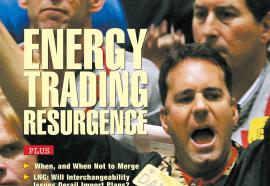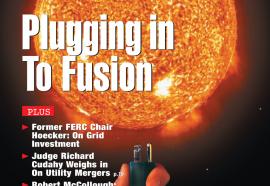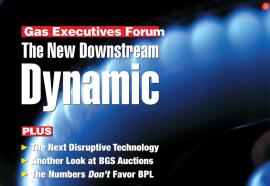Renewable portfolio standards or mandatory renewable quotas have been established in 20 states and formally considered in 6 more. There is currently an energy shortfall of 118,400 GWh between operating non-hydro renewable electric output today and that required in 2020. Many state and local regulatory agencies have begun to work together to overcome many of the historic barriers to renewables development, such as transmission constraints, permitting, tax policy, and trading. It's clear that they will have to if renewable energy technologies are ever to meet state renewable portfolio standards.









